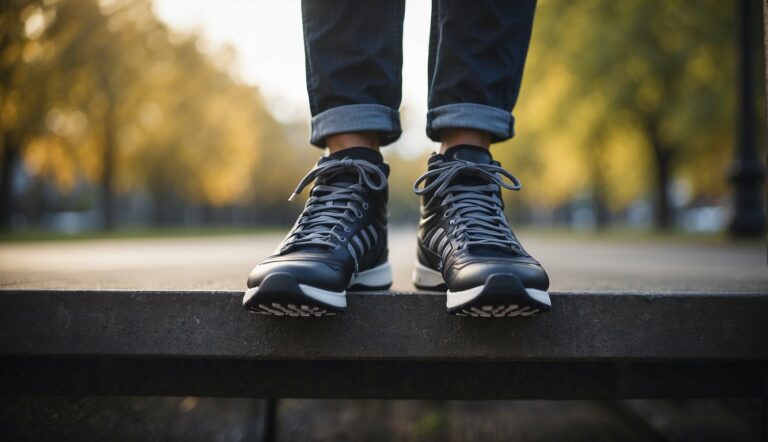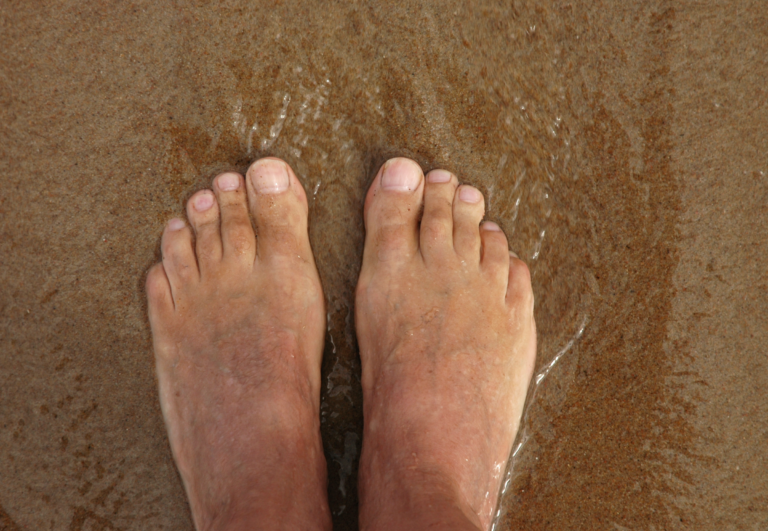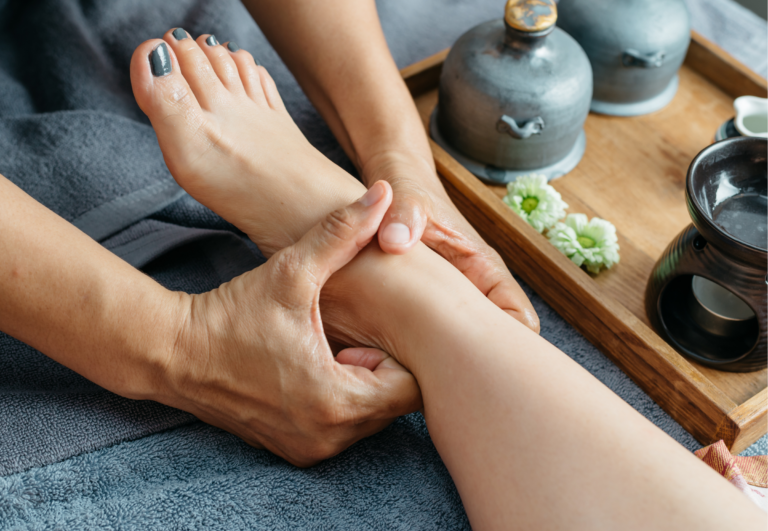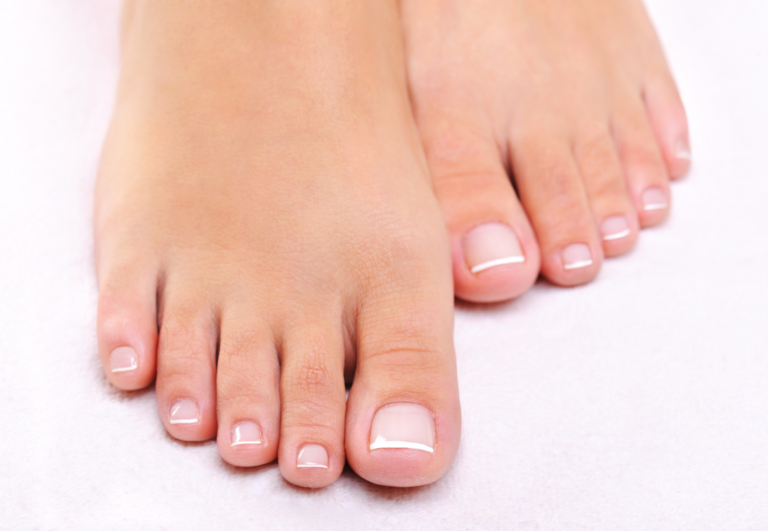Using Toe Spacers to Improve Circulation: Effective Techniques Explained
As an enthusiast who has spent considerable time exploring foot health, I’ve found toe spacers to be an invaluable tool for those looking to enhance their overall comfort and circulation in their feet. Often overlooked, the health of our toes plays a crucial role in our overall foot functionality. These simple devices work by gently separating the toes, which not only aids in the realignment of the foot’s structure but also promotes better blood flow. With improved circulation comes a cascade of benefits including reduced inflammation and quicker recovery from foot-related discomforts.
Utilizing toe spacers can be especially beneficial for individuals who spend long hours on their feet or who engage in physical activities that put a strain on their toes and feet. The act of spacing the toes encourages muscles and tissues in the foot to stretch and strengthen, which can lead to increased comfort during such activities. Moreover, the enhanced circulation can help in reducing the buildup of stress in the foot’s muscles and joints, making movements more fluid and less painful.
Implementing toe spacers into one’s routine is a straightforward process. The key is to start gradually, allowing the feet time to adjust to the sensation and position. As with any new practice, it’s important to listen to your body and proceed at a comfortable pace to avoid overextension. In the long run, dedication to using toe spacers may contribute significantly to the well-being of your feet, enhancing both comfort and circulation without the need for invasive procedures.
Using Toe Spacers to Improve Circulation
Using toe spacers can be an effective way to improve circulation in the feet, which can lead to a variety of health benefits.
Here are some of the top benefits associated with improved circulation from using toe spacers:
- Enhanced Blood Flow: Toe spacers help to separate the toes, reducing compression and allowing blood to flow more freely to the toes and throughout the feet.
- Reduced Swelling: Improved circulation can help to minimize swelling in the feet, which is often caused by fluid retention due to poor circulation.
- Increased Nutrient Delivery: With better blood flow, more nutrients and oxygen are delivered to the foot tissues, which can aid in the healing process and overall foot health.
- Temperature Regulation: Good circulation helps in maintaining the right temperature in your feet, keeping them warm in colder weather.
- Prevention of Numbness and Tingling: By improving circulation, toe spacers can help prevent the numbness and tingling sensations often associated with poor blood flow.
- Supports Recovery: For athletes or individuals recovering from foot injuries, improved circulation can expedite the healing process by promoting the removal of waste products and reducing inflammation.
- Alleviates Pain: Enhanced circulation can help alleviate pain caused by conditions such as plantar fasciitis or diabetic neuropathy by providing the affected areas with increased blood flow.
- Promotes Foot Health: Overall, better circulation contributes to healthier feet by preventing problems associated with poor blood flow, such as varicose veins or deep vein thrombosis (DVT).
It’s important to note that while toe spacers can aid in improving circulation, they should be used as part of a broader approach to foot health that includes regular exercise, proper footwear, and, if necessary, medical advice from a healthcare professional.

Health and Recovery Benefits
I’ve found that incorporating toe spacers into a wellness routine can significantly aid in improving foot health. Featuring both recovery and preventive aspects, these simple devices work wonders for circulation, pain management, and overall foot stability.
Circulation Improvement
Blood flow: Toe spacers are designed to increase the space between toes, promoting better blood circulation. Enhancing blood flow is crucial for nourishing tissues and aiding recovery, especially for those with active lifestyles or foot fatigue.
Pain Relief and Prevention
- Pain reduction: The strategic separation provided by toe spacers can alleviate pressure on the toes, resulting in pain relief from common issues such as blisters, corns, and bunions.
- Inflammation: Regular use of toe spacers may help to reduce inflammation, which attributes to pain and discomfort in the feet.
Support and Stability
- Alignment and balance: Toe spacers assist in gently guiding the toes back to a more natural position, contributing to better foot alignment and balance.
- Stability: With improved toe alignment and balance comes enhanced stability, which can prevent further injuries and support recovery for athletes and active individuals.
By addressing these key areas, toe spacers serve as a beneficial tool for foot health, particularly in aiding circulation, reducing pain, and providing the necessary support for recovery and daily activities.
Considerations for Specific Conditions
In selecting toe spacers for improving circulation, it’s vital to consider how specific foot conditions and athletic needs may guide your choice. Here’s how toe spacers can differ in their application, and why personalized attention from healthcare experts is essential for optimal results.
Toe Deformities and Foot Problems
Toe deformities such as bunions and hammertoes can lead to significant discomfort and affect the body’s balance and alignment. Toe spacers can alleviate the stress on the toes by promoting proper alignment.
For those with bunions, allocating space ensures that the big toe remains straight, thus reducing pressure and potential pain. Hammertoes benefit similarly, as spacers may prevent the toes from curling and rubbing against shoes.
Athletic Performance and Footwear
Athletes seeking improved athletic performance may find that toe spacers aid in distributing weight more evenly during activity. Proper toe alignment allows for a better ground grip, essential in various sports. When choosing athletic footwear, ensure there’s enough room for toe spacers without causing excessive tightness, as this could negate their benefits.
- Advice for Athletes:
- Always measure your feet when selecting athletic shoes.
- Look for shoes with a wider toe box to accommodate spacers.
Consulting Healthcare Professionals
It’s important to remember that while toe spacers serve as a tool for relief, they are not a cure-all. Consulting a healthcare professional, such as a podiatrist, can provide tailored advice. These experts can recommend specific types of spacers and usage patterns that best suit individual foot structures and conditions.
- When to See a Podiatrist:
- Persistent pain or discomfort despite using toe spacers
- Uncertainty about which spacers might work best for your condition
Maintenance and Care
When I use toe spacers to improve circulation and support foot muscles, I always prioritize their maintenance and care. This ensures comfort, hygiene, and durability of these foot care tools.
Comfort & Hygiene: After each use, I clean my toe spacers with mild soap and warm water, rinsing them thoroughly to prevent any build-up of skin cells or bacteria, which could lead to infections or discomfort. I then air dry them completely before the next use.
Durability: To extend the life of toe spacers, I avoid leaving them in direct sunlight or heat as this could degrade the materials they are made from. Instead, I store them in a cool, dry place. For silicone-based spacers, I often sprinkle them with talcum powder to maintain the material’s integrity.
Cleaning Schedule:
| Frequency | Task |
|---|---|
| Daily | Rinse with warm water |
| Weekly | Wash with mild soap |
| As Needed | Disinfect if signs of infection appear |
| Monthly | Inspect for wear and tear |
Note: If the toe spacers start to show signs of wear, such as tearing or permanent deformation, it’s time to replace them to ensure the best support for my foot muscles and overall effectiveness.
Selecting the Right Toe Spacers
When looking for toe spacers to improve circulation, it’s essential to consider your foot’s unique shape, the compatibility with your footwear, and the quality of the products available.
My experience with various brands and types of toe spacers has shown that the right choice can make a significant difference in comfort and effectiveness.
Assessing Foot Shape and Size
I always recommend measuring your feet to determine the correct spacer size. If you have a wide toe box, look for spacers that provide ample room without compressing your toes. For those with a narrow toe box, smaller spacers that focus on alignment without overexpansion are key. Remember to consider your arch type, as proper arch support is crucial for effective toe spacing.
Foot Shape Considerations:
- Wide toe box: Choose spacers that accommodate width comfortably.
- Narrow toe box: Select smaller, less intrusive spacers.
Size Guide:
- Small: Typically fits women’s shoe sizes 4-7
- Medium: Men’s 6-9, Women’s 8-11
- Large: Men’s 10+
Evaluating Footwear Compatibility
If you frequently wear high heels or shoes with narrow toe boxes, you will benefit from toe spacers that offer a corrective stretch without being too bulky. Conversely, if you prefer minimalist footwear or barefoot shoes, you can opt for more robust toe spacers that work in sync with the natural alignment promoted by these shoes.
Footwear Compatibility Chart:
| Shoe Type | Toe Spacer Compatibility |
|---|---|
| High Heels | Slim, corrective spacers |
| Minimalist Shoes | Fuller, alignment-focused spacers |
| Barefoot Shoes | Ergonomic spacers with more freedom |
Comparing Brands and Quality
Not all toe spacers are created equal. I’ve found that the quality of the material affects both the lifespan of the spacer and the comfort level during use. Look for spacers made of durable materials such as medical-grade silicone, which can withstand frequent use and cleaning. Reading reviews and comparing brands is a good way to gauge longevity and user satisfaction.
- Preferred Material: Medical-grade silicone.
- Durability Factors:
- Resistance to tearing
- Easy to clean
By carefully considering these aspects: your foot’s shape and size, the type of shoes you wear, and the quality of the toe spacers, you can greatly enhance circulation and foot health. Choose wisely, and your toes will thank you for it.
Quick Overview of Toe Spacers
Toe spacers, often made of materials like silicone or gel, are designed to promote the proper alignment and spacing of toes. They can be an invaluable tool for those looking to improve toe and foot conditions.
Types of Toe Spacers
Toe spacers come in various forms tailored to different needs. You’ll encounter simple designs meant for daily wear under socks and shoes, as well as more robust models intended for use during yoga or barefoot exercises. Some are individual spacers that fit between each toe, while others connect all toes with a single piece.
- Individual Spacers: Separate pieces for each toe
- Connected Spacers: A single unit that slips onto all toes
Materials and Design
The most common materials used are silicone and gel, known for their flexibility and comfort. The design of toe spacers can vary greatly, with some mimicking the natural spread of a bare foot, while others focus on providing a stretch to specific toes more prone to alignment issues.
- Silicone: Durable and flexible with a skin-like texture
- Gel: Softer and more malleable for easy adaptation to foot shape
Benefits for Foot Conditions
By using toe spacers, I’ve noticed they can aid significantly in conditions such as bunions, hammertoes, and plantar fasciitis. They work by reducing stress on the foot’s joints and muscles, potentially improving circulation and toe alignment over time.
- Bunions: Helping to realign the big toe
- Hammertoes: Alleviating pressure on elevated toes
- Plantar Fasciitis: Stretching foot muscles to reduce heel pain
Application and Use
Using toe spacers can significantly improve circulation in your feet, enhance alignment, and increase flexibility. Here are a few straightforward ways on how you can incorporate toe spacers into your routine to get these benefits.
Correct Usage of Toe Spacers
- Wash your feet and the toe spacers before use.
- Sit in a comfortable position and gently insert a spacer between each toe, starting from the space between your big toe and second toe and moving outward.
- Start with wearing toe spacers for 5-10 minutes per day.
- Gradually increase the time as your toes adjust, aiming for 30 minutes to an hour daily for optimal benefits.
Suitable Footwear
Choosing Footwear:
- Wear shoes that have ample room in the toe box area to accommodate toe spacers.
- Avoid tight or narrow shoes that could compress the toes and negate the benefits of the spacers.
Type of Shoes Recommended:
- For running or workouts, choose shoes labeled as ‘wide’ or ‘extra-wide.’
- For daily wear, shoes with a flexible sole and more natural foot shape are preferable.
Daily Activities and Exercises
Incorporating Toe Spacers into Activities:
- While at home, use toe spacers during passive activities like reading or watching TV.
Toe Spacer-Friendly Exercises:
- Engage in toe-stretching exercises or yoga to strengthen your feet.
- For active individuals, gradually introduce toe spacers into your running or workout regimen, ensuring proper alignment and comfort.





